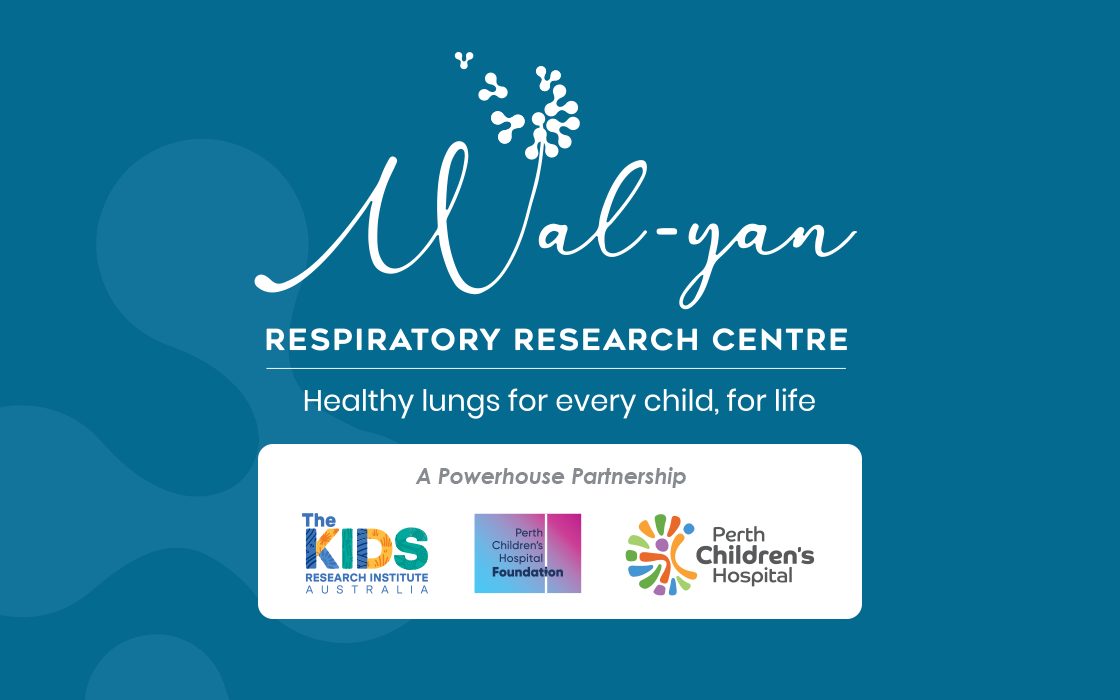The discoveries that have set our research apart primarily relate to the factors early in life that cause life-long respiratory problems.
The immune system
Our seminal observations regarding the development of the immune system, for example, have explained how an allergic predisposition and environmental exposures, such as viral infections and pollution, interact to initiate asthma. We have discovered that the genetic switch that stops the immune system over-reacting to these environmental factors is switched off in children with asthma and allergy. As a result, research around the world is now focussing on ways to switch on the protective mechanism in children who are at high risk of developing asthma and hay fever.
World-first early surveillance program
Our researchers have also discovered that lung damage in cystic fibrosis (CF) occurs much earlier than previously suspected, and we have established a world-first early surveillance program (AREST CF) for babies and infants diagnosed with CF to track lung damage in the first year of life.
The research shows that treatments which prevent or slow the progression of lung damage have the potential to extend a patient's life expectancy and vastly improve their quality of life.
Respiratory consequences of preterm birth
Meanwhile, findings from our research into the respiratory consequences of preterm birth are aiding the development of therapeutic approaches to limit long-term lung damage in those born prematurely. This includes a trial of inhaled corticosteroids, typically used to treat asthma, to stop the progression of respiratory conditions.
Culturally-appropriate strategies
In other research, we have examined the barriers that stop families seeking health care for children with chronic moist ‘wet’ cough, which is particularly prevalent in Aboriginal children, leading to the development of culturally-appropriate strategies to enable more timely care. If left untreated, this low-grade bacterial infection will lead to permanent lung damage that will shorten the life-expectancy of these children.
Imaging of the respiratory system
Many of the unique insights that we have gained into respiratory diseases in children have come from developments in the imaging of the respiratory system, and respiratory function assessments that provide accurate information about the structure and function of the lungs in very young children. Such discoveries have been implemented around the world to help children with respiratory diseases. Crucially, they have led to clinical trials of new drugs in very young children who had previously been excluded because there were no means to determine their responses to such therapies.
Research Translation
Our 30-year experience at The Kids and Perth Children’s Hospital is that integrated multi-disciplinary clinical research is the key to translating research discoveries into genuine benefits for child health.
Published research from groups within the Wal-yan Respiratory Research Centre over the last 10 years, has equalled or outstripped acknowledged paediatric centres of excellence around the world, including Toronto’s Sick Kids, and Great Ormond Street Hospital (InCites Benchmarking Tool, Clarivate Analytics, 2019).
The Centre leads the world in demonstrating the clinical benefit of early intervention, with lung function scores for CF children at Perth Children’s Hospital being better than some of the very best hospitals in the UK and USA (Australia CF Data Registry, 2016), and lung infection rates in the first five years of life being less than one third than the national rates seen in those countries (J Cyst Fibros. 2005;4:115-22).
Discoveries
The global impact of discoveries arising from our Respiratory Centre researchers and clinicians over the last 30 years includes:
- Demonstration of the importance of early intervention in the first two years of life in CF, with lung damage happening much earlier than previously suspected
- Identification of entirely new treatment targets for asthma
- Demonstration that lung disease occurring in those born prematurely is a lifelong disease of inflammation, something that requires early intervention
- Demonstration of how the immune system, allergic predisposition, respiratory viral responses, and environmental exposures interact to initiate asthma
- Identification of cultural barriers that stop Indigenous families seeking care for children with common respiratory conditions, and the development of strategies to overcome these
- Development of new ways to measure the structure and function of lungs in very young children, enabling access for these vulnerable children to clinical trials for lung disease, since their responses can be monitored
- Demonstration that naturally derived immune-altering therapies can be used to directly reduce, and even prevent, viral respiratory infections in babies and reduce asthma triggers for both adults and kids
- Demonstration that agents which modify the immune system can cross through to the placenta during pregnancy to reduce and prevent asthma-like disease in the next generation (a model of ‘immune training’ for stronger/healthier immune systems), while also having benefits for maternal health in regard to respiratory viral infections

